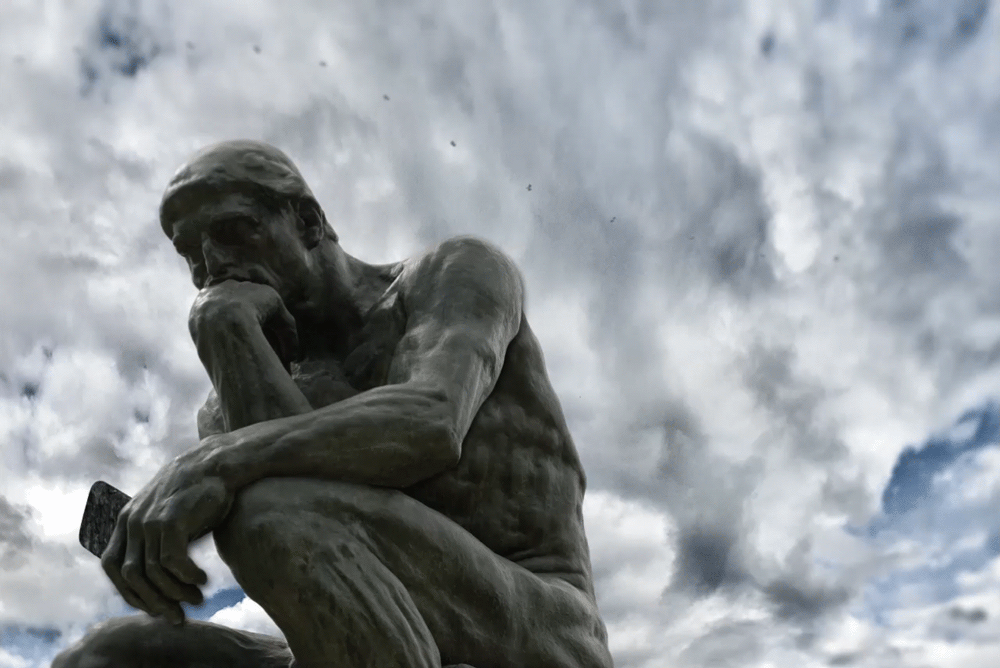Editor’s note: You knew this was coming, sooner or later. Ryan Burge has packed up lots of his charts and headed to Substack. With his blessing, as part of his cooperation with this blog, we will offer chunks of those articles and point readers to them.
———
Everyone who even tacitly thinks about religion and politics is well aware of the linkage between white Christians the Republican party. But, I think that is a pretty severe oversimplification of what is actually happening.
I took the Cooperative Election Study’s 2008 wave and compared it to the just released 2022 wave. Both surveys were conducted right around election season. White Christians are those who identify as Protestant, Catholic, Church of Jesus Christ of Latter-day Saints or Eastern Orthodox.
Here are the overall shifts in the share who identify with the Republican party in 2022 vs 2008. A negative number denotes movement toward the Democrats - note how rarely that happens.
Almost all the story can be found in the bottom left boxes — that’s those with low levels of education and attend church in frequently. Those shifts there are at least ten percentage points. Among those who seldom or never attend and have a high school diploma or less — it’s a 21 percentage point difference.
That’s huge.










